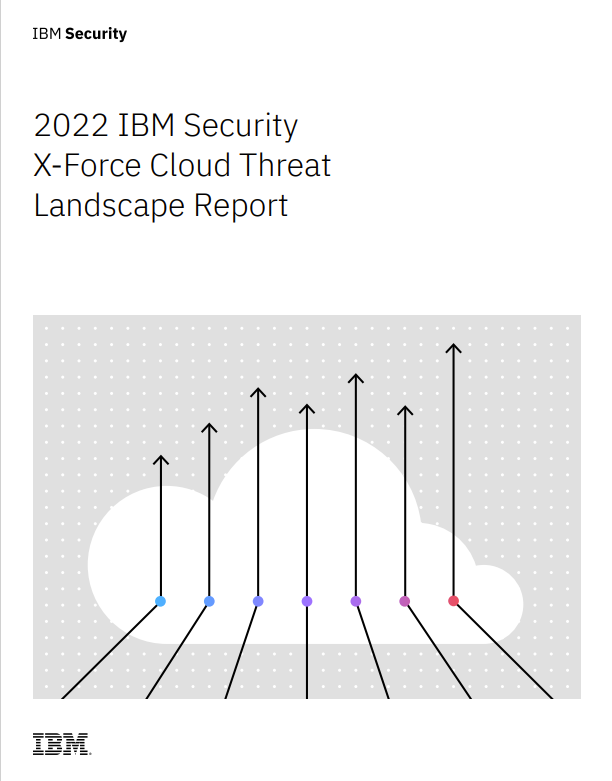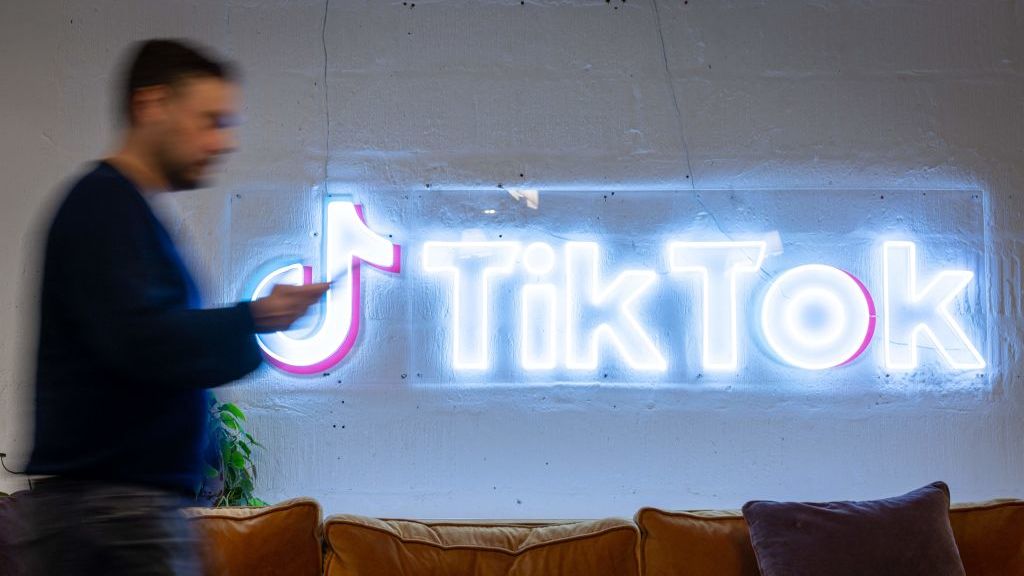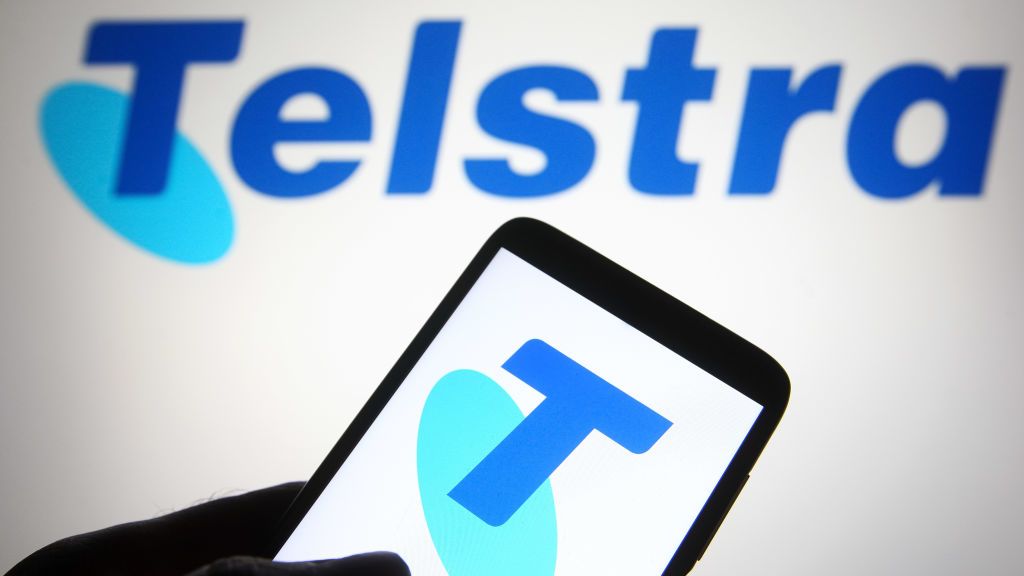Japan considers creating new cyber defence agency as attacks ramp up in region
The country may be looking to ramp up its defences as Asia was the most-attacked global region in 2021, according to one report


Japan is reportedly considering establishing a new organisation to protect the nation against cyber attacks, after the country has suffered a number of major incidents in the past few years.
If the country proceeds with the plans, the new unit will be created within the National Security Secretariat, a department that leads Japan's National Security Council, and tasked with advancing its cyber security capabilities.
RELATED RESOURCE

2022 IBM's Security X-Force cloud threat landscape report
Recommendations for preparing and responding to cloud breaches
The organisation will oversee cyber security across Japan's military and its National Police Agency if plans to establish it go ahead, according to a government source who spoke to Kyodo News.
To create the new organisation, the government is currently developing a new security budget for 2024. It’s set to expand on the function of the current National Center of Incident Readiness and Strategy for Cybersecurity (NISC).
NISC is responsible for promoting cyber security policies across the government and sharing information on attacks with ministries, agencies, and businesses.
Taking a proactive approach to cyber defence is not typically part of the NISC's remit, but powers are being proposed to give the new body the freedom to actively pre-empt and stop attacks before they reach Japan's systems.
The head of the new organisation will aim to strengthen the country’s response to cyber attacks by increasing cross-border collaboration and intelligence-sharing between Japan and its counterparts in the US and European cyber security agencies.
Get the ITPro daily newsletter
Sign up today and you will receive a free copy of our Future Focus 2025 report - the leading guidance on AI, cybersecurity and other IT challenges as per 700+ senior executives
This comes as Asia moved into first place as the most-attacked global region in 2021, being the targeted in 26% of all cyber attacks, according to IBM’s Security X-Force Threat Intelligence Index 2022 report. Japan, Australia, and India are the three most attacked countries in the region.
Additionally, the average ransom demand for Japanese businesses was around 26 times greater than for UK organisations in 2021. Research from Sophos, published in April 2022, found that organisations in Japan paid the highest ransoms in the world in 2021, with the average payment recorded at around $4,327,024 (£3,440,330).
The creation of the new body may be spurred by the increasing number of cyber attacks that have hit Japan recently. In May 2021, the country's government had its data leaked when hackers gained access to Fujitsu’s project management platform. One ministry said that it had suffered a data breach, with around 76,000 email addresses exposed.
The month after, Fujifilm was hit by a potential ransomware attack, forcing it to shut down part of its network.
In 2022, Bandai Namco confirmed in July that it had been a victim of a cyber attack. Several of its companies in Asian regions were breached by a third party earlier in the month. Some reports suggested that AlphV, or BlackCat, were the ransomware group behind the attack.
The government also came under attack this year when in September investigations focused on the pro-Russia Killnet group launching cyber attacks on government websites.
It had problems accessing more than 20 websites across four ministries, an incident which was thought to be caused by denial of service attacks (DDoS). The Tokyo police launched an investigation into the attacks as well.
Zach Marzouk is a former ITPro, CloudPro, and ChannelPro staff writer, covering topics like security, privacy, worker rights, and startups, primarily in the Asia Pacific and the US regions. Zach joined ITPro in 2017 where he was introduced to the world of B2B technology as a junior staff writer, before he returned to Argentina in 2018, working in communications and as a copywriter. In 2021, he made his way back to ITPro as a staff writer during the pandemic, before joining the world of freelance in 2022.
-
 Cleo attack victim list grows as Hertz confirms customer data stolen
Cleo attack victim list grows as Hertz confirms customer data stolenNews Hertz has confirmed it suffered a data breach as a result of the Cleo zero-day vulnerability in late 2024, with the car rental giant warning that customer data was stolen.
By Ross Kelly
-
 Lateral moves in tech: Why leaders should support employee mobility
Lateral moves in tech: Why leaders should support employee mobilityIn-depth Encouraging staff to switch roles can have long-term benefits for skills in the tech sector
By Keri Allan
-
 Latitude Financial's data policies questioned after more than 14 million records stolen
Latitude Financial's data policies questioned after more than 14 million records stolenNews Some of the data is from at least 2005 and includes customers’ name, address, and date of birth
By Zach Marzouk
-
 Latitude hack now under state investigation as customers struggle to protect their accounts
Latitude hack now under state investigation as customers struggle to protect their accountsNews The cyber attack has affected around 330,000 customers, although the company has said this is likely to increase
By Zach Marzouk
-
 IDCARE: Meet the cyber security charity shaping Australia and New Zealand's data breach response
IDCARE: Meet the cyber security charity shaping Australia and New Zealand's data breach responseCase Studies IDCARE is recruiting a reserve army to turbocharge the fightback against cyber crime not just in the region, but in the interests of victims all over the world
By Zach Marzouk
-
 Australia commits to establishing second national cyber security agency
Australia commits to establishing second national cyber security agencyNews The country is still aiming to be the most cyber-secure country in the world by 2030
By Zach Marzouk
-
 Medibank bleeds $26 million in cyber costs following hack
Medibank bleeds $26 million in cyber costs following hackNews The company believes this figure could rise to $45 million for the 2023 financial year
By Zach Marzouk
-
 TikTok's two new European data centres to address data protection concerns
TikTok's two new European data centres to address data protection concernsNews The company is under pressure to prove its user data isn’t being accessed by the Chinese state
By Zach Marzouk
-
 Cyber attack on Australia’s TPG Telecom affects 15,000 customers
Cyber attack on Australia’s TPG Telecom affects 15,000 customersNews It is the third cyber attack on a major Australian telco since October
By Zach Marzouk
-
 Telstra blames IT blunder for leak of 130,000 customer records
Telstra blames IT blunder for leak of 130,000 customer recordsNews Australia’s biggest telco said that the error was due to a mismanagement of databases and not a cyber attack
By Zach Marzouk